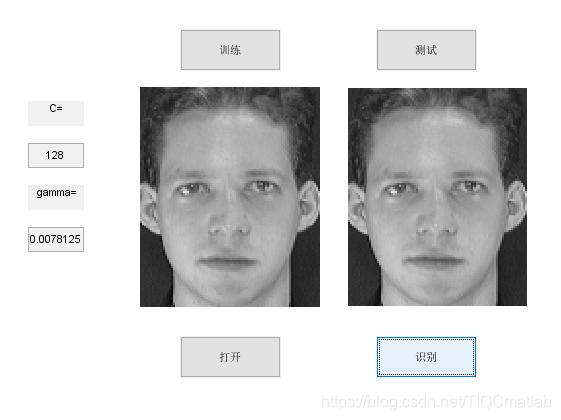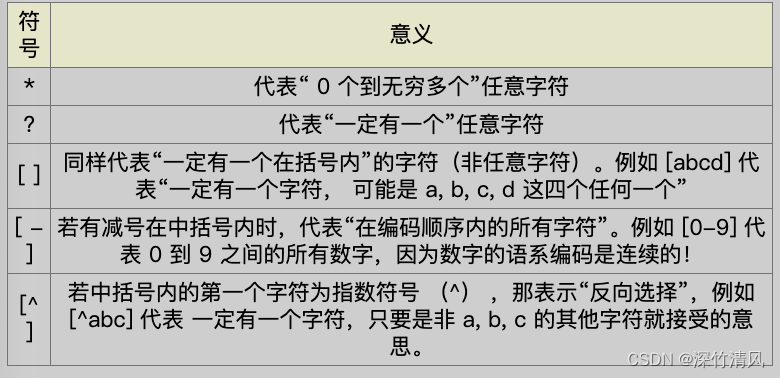Kotlin 的 launch 会调用 startCoroutineCancellable(),接着又会调用 createCoroutineUnintercepted(),最终会调用编译器帮我们生成 SuspendLambda 实现类当中的 create() 方法。
public fun CoroutineScope.launch(
context: CoroutineContext = EmptyCoroutineContext,
start: CoroutineStart = CoroutineStart.DEFAULT,
block: suspend CoroutineScope.() -> Unit
): Job {
val newContext = newCoroutineContext(context)
val coroutine = if (start.isLazy)
LazyStandaloneCoroutine(newContext, block) else
StandaloneCoroutine(newContext, active = true)
coroutine.start(start, coroutine, block)
return coroutine
}协程无法脱离线程运行,Kotlin 当中所有的协程,最终都是运行在线程之上的。协程创建出来以后,如何与线程产生关联的?
Dispatchers
launch{}本质上是调用了 startCoroutineCancellable() 当中的 createCoroutineUnintercepted() 方法创建了协程。
public fun CoroutineScope.launch(
context: CoroutineContext = EmptyCoroutineContext,
start: CoroutineStart = CoroutineStart.DEFAULT,
block: suspend CoroutineScope.() -> Unit
): Job {
val newContext = newCoroutineContext(context)
val coroutine = if (start.isLazy)
LazyStandaloneCoroutine(newContext, block) else
StandaloneCoroutine(newContext, active = true)
coroutine.start(start, coroutine, block)
return coroutine
}
/**
* Use this function to start coroutine in a cancellable way, so that it can be cancelled
* while waiting to be dispatched.
*/
@InternalCoroutinesApi
public fun <T> (suspend () -> T).startCoroutineCancellable(completion: Continuation<T>): Unit = runSafely(completion) {
createCoroutineUnintercepted(completion).intercepted().resumeCancellableWith(Result.success(Unit))
}
Dispatchers、CoroutineDispatcher、ContinuationInterceptor、CoroutineContext 之间的关系
public actual object Dispatchers {
public actual val Default: CoroutineDispatcher = DefaultScheduler
public actual val Main: MainCoroutineDispatcher get() = MainDispatcherLoader.dispatcher
public actual val Unconfined: CoroutineDispatcher = kotlinx.coroutines.Unconfined
public val IO: CoroutineDispatcher = DefaultIoScheduler
public fun shutdown() { }
}
public abstract class CoroutineDispatcher :
AbstractCoroutineContextElement(ContinuationInterceptor), ContinuationInterceptor {}
public interface ContinuationInterceptor : CoroutineContext.Element {}
public interface Element : CoroutineContext {}Dispatchers 是一个单例对象,它当中的 Default、Main、Unconfined、IO,类型都是 CoroutineDispatcher,CoroutineDispatcher而它本身就是 CoroutineContext。

fun main() {
testLaunch1()
Thread.sleep(2000L)
}
private fun testLaunch1() {
val scope = CoroutineScope(Job())
scope.launch {
showLog("Hello!")
delay(1000L)
showLog("World!")
}
}
fun showLog(any: Any?) {
println("""$any Thread:${Thread.currentThread().name}""".trimIndent())
}
Log:
Hello! Thread:DefaultDispatcher-worker-1 @coroutine#1
World! Thread:DefaultDispatcher-worker-1 @coroutine#1在上述代码中,没有为 launch() 传入任何 CoroutineContext 参数,但通过执行结果,发现协程代码执行在 DefaultDispatcher,并没有运行在 main 线程之上。
再看一下launch源码
public fun CoroutineScope.launch(
context: CoroutineContext = EmptyCoroutineContext,
start: CoroutineStart = CoroutineStart.DEFAULT,
block: suspend CoroutineScope.() -> Unit
): Job {
// 1
val newContext = newCoroutineContext(context)
val coroutine = if (start.isLazy)
LazyStandaloneCoroutine(newContext, block) else
StandaloneCoroutine(newContext, active = true)
coroutine.start(start, coroutine, block)
return coroutine
}launch 的第一个参数是context,默认值是 EmptyCoroutineContext。CoroutineContext 就相当于 Map,而 EmptyCoroutineContext 则相当于一个空的 Map。这里的 EmptyCoroutineContext 传了也相当于没有传,它的目的只是为了让 context 参数不为空而已。
在上述代码中代码会调用 newCoroutineContext(context),将传入的 context 参数重新包装一下,然后返回。
@ExperimentalCoroutinesApi
public actual fun CoroutineScope.newCoroutineContext(context: CoroutineContext): CoroutineContext {
val combined = foldCopies(coroutineContext, context, true)
val debug = if (DEBUG) combined + CoroutineId(COROUTINE_ID.incrementAndGet()) else combined
return if (combined !== Dispatchers.Default && combined[ContinuationInterceptor] == null)
debug + Dispatchers.Default else debug
}- newCoroutineContext() 是 CoroutineScope 的扩展函数,可以直接访问 CoroutineScope 的 coroutineContext 对象,它其实就是 CoroutineScope 对应的上下文。foldCopiesForChildCoroutine() 的作用,其实就是将 CoroutineScope 当中的所有上下文元素都拷贝出来,然后跟传入的 context 参数进行合并。foldCopiesForChildCoroutine() 可以让子协程继承父协程的上下文元素。
- 它的作用是在调试模式下,为我们的协程对象增加唯一的 ID。输出结果中看到的“@coroutine#1”,其中的数字“1”就是在这个阶段生成的。
- 如果合并过后的 combined 当中没有 CoroutineDispatcher,那么,就会默认使用 Dispatchers.Default。
为什么协程默认的线程池是 Dispatchers.Default,而不是 Main 呢?因为 Kotlin 协程是支持多平台的,Main 线程只在 UI 编程平台才有可用。因此,协程没有指定 Dispatcher 的时候,只能使用 Dispatchers.Default 了,协程是无法脱离线程执行的。
CoroutineDispatcher 拦截器
startCoroutineCancellable() 方法的源代码中, createCoroutineUnintercepted() 方法的返回值类型就是Continuation。intercepted() 方法,其实就是 Continuation 的扩展函数。
/**
* Use this function to start coroutine in a cancellable way, so that it can be cancelled
* while waiting to be dispatched.
*/
@InternalCoroutinesApi
public fun <T> (suspend () -> T).startCoroutineCancellable(completion: Continuation<T>): Unit = runSafely(completion) {
createCoroutineUnintercepted(completion).intercepted().resumeCancellableWith(Result.success(Unit))
}
@SinceKotlin("1.3")
public actual fun <T> Continuation<T>.intercepted(): Continuation<T> =
(this as? ContinuationImpl)?.intercepted() ?: this
internal abstract class ContinuationImpl(
completion: Continuation<Any?>?,
private val _context: CoroutineContext?
) : BaseContinuationImpl(completion) {
constructor(completion: Continuation<Any?>?) : this(completion, completion?.context)
public override val context: CoroutineContext
get() = _context!!
@Transient
private var intercepted: Continuation<Any?>? = null
public fun intercepted(): Continuation<Any?> =
intercepted
?: (context[ContinuationInterceptor]?.interceptContinuation(this) ?: this)
.also { intercepted = it }
protected override fun releaseIntercepted() {
val intercepted = intercepted
if (intercepted != null && intercepted !== this) {
context[ContinuationInterceptor]!!.releaseInterceptedContinuation(intercepted)
}
this.intercepted = CompletedContinuation // just in case
}startCoroutineCancellable() 当中的 intercepted() 最终会调用 BaseContinuationImpl 的 intercepted() 方法。
intercepted() 方法首先会判断它的成员变量 intercepted 是否为空,如果为空,就会调用 context[ContinuationInterceptor],获取上下文当中的 Dispatcher 对象。默认 Dispatcher 是 Default 线程池。
interceptContinuation(this) 最终会调用 CoroutineDispatcher 的 interceptContinuation() 方法。
public abstract class CoroutineDispatcher :
AbstractCoroutineContextElement(ContinuationInterceptor), ContinuationInterceptor {
public final override fun <T> interceptContinuation(continuation: Continuation<T>): Continuation<T> =
DispatchedContinuation(this, continuation)
}interceptContinuation() 直接返回了一个 DispatchedContinuation 对象,并且将 this、continuation 作为参数传了进去。这里的 this,其实就是 Dispatchers.Default。
可以把 startCoroutineCancellable() 改写一下:
public fun <T> (suspend () -> T).startCoroutineCancellable(completion: Continuation<T>): Unit = runSafely(completion) {
createCoroutineUnintercepted(completion).intercepted().resumeCancellableWith(Result.success(Unit))
}
// 等价
↓
public fun <T> (suspend () -> T).startCoroutineCancellable(completion: Continuation<T>): Unit = runSafely(completion) {
val continuation = createCoroutineUnintercepted(completion)
val dispatchedContinuation = continuation.intercepted()
dispatchedContinuation.resumeCancellableWith(Result.success(Unit))
}resumeCancellableWith(),其实就是真正将协程任务分发到线程上的逻辑。
internal class DispatchedContinuation<in T>(
@JvmField val dispatcher: CoroutineDispatcher,
@JvmField val continuation: Continuation<T>
) : DispatchedTask<T>(MODE_UNINITIALIZED), CoroutineStackFrame, Continuation<T> by continuation {
inline fun resumeCancellableWith(
result: Result<T>,
noinline onCancellation: ((cause: Throwable) -> Unit)?
) {
}
}DispatchedContinuation 是实现了 Continuation 接口,同时,它使用了“类委托”的语法,将接口的具体实现委托给了它的成员属性 continuation。它的成员属性 dispatcher 对应的就是 Dispatcher.Default,而成员属性 continuation 对应的则是 launch 当中传入的 SuspendLambda 实现类。
DispatchedContinuation 还继承自 DispatchedTask
internal abstract class DispatchedTask<in T>(
@JvmField public var resumeMode: Int
) : SchedulerTask() {
}
internal actual typealias SchedulerTask = Task
internal abstract class Task(
@JvmField var submissionTime: Long,
@JvmField var taskContext: TaskContext
) : Runnable {
constructor() : this(0, NonBlockingContext)
inline val mode: Int get() = taskContext.taskModeDispatchedContinuation 继承自 DispatchedTask,而它则是 SchedulerTask 的子类,SchedulerTask 是 Task 的类型别名,而 Task 实现了 Runnable 接口。因此,DispatchedContinuation 不仅是一个 Continuation,同时还是一个 Runnable。
Runnable,也就意味着它可以被分发到 Java 的线程当中去执行。
internal class DispatchedContinuation<in T>(
@JvmField val dispatcher: CoroutineDispatcher,
@JvmField val continuation: Continuation<T>
) : DispatchedTask<T>(MODE_UNINITIALIZED), CoroutineStackFrame, Continuation<T> by continuation {
inline fun resumeCancellableWith(
result: Result<T>,
noinline onCancellation: ((cause: Throwable) -> Unit)?
) {
val state = result.toState(onCancellation)
if (dispatcher.isDispatchNeeded(context)) {
_state = state
resumeMode = MODE_CANCELLABLE
dispatcher.dispatch(context, this)
} else {
executeUnconfined(state, MODE_CANCELLABLE) {
if (!resumeCancelled(state)) {
resumeUndispatchedWith(result)
}
}
}
}
}
public abstract class CoroutineDispatcher :
AbstractCoroutineContextElement(ContinuationInterceptor), ContinuationInterceptor {
//永远返回true
public open fun isDispatchNeeded(context: CoroutineContext): Boolean = true
public abstract fun dispatch(context: CoroutineContext, block: Runnable)
}
internal object Unconfined : CoroutineDispatcher() {
override fun isDispatchNeeded(context: CoroutineContext): Boolean = false
}
dispatcher.isDispatchNeeded(),我们发现它的返回值始终都是 true。
在它的子类当中,只有 Dispatchers.Unconfined 会将其重写成 false。
这也就意味着,除了 Unconfined 以外,其他的 Dispatcher 都会返回 true。 Dispatcher 是默认的 Default。
dispatcher.dispatch(context, this),这里其实就相当于将代码的执行流程分发到 Default 线程池。
dispatch() 的第二个参数要求是 Runnable,这里我们传入的是 this,这是因为 DispatchedContinuation 本身就间接实现了 Runnable 接口。
executeUnconfined{},它其实就对应着 Dispather 是 Unconfined 的情况,这时候,协程的执行不会被分发到别的线程,而是直接在当前线程执行。
dispatcher.dispatch() 其实就相当于调用了 Dispatchers.Default.dispatch()。
public actual object Dispatchers {
@JvmStatic
public actual val Default: CoroutineDispatcher = DefaultScheduler
}
internal object DefaultScheduler : SchedulerCoroutineDispatcher(
CORE_POOL_SIZE, MAX_POOL_SIZE,
IDLE_WORKER_KEEP_ALIVE_NS, DEFAULT_SCHEDULER_NAME
) {}Dispatchers.Default 本质上是一个单例对象 DefaultScheduler,它是 SchedulerCoroutineDispatcher 的子类。
SchedulerCoroutineDispatcher 的源代码
internal open class SchedulerCoroutineDispatcher(
private val corePoolSize: Int = CORE_POOL_SIZE,
private val maxPoolSize: Int = MAX_POOL_SIZE,
private val idleWorkerKeepAliveNs: Long = IDLE_WORKER_KEEP_ALIVE_NS,
private val schedulerName: String = "CoroutineScheduler",
) : ExecutorCoroutineDispatcher() {
private var coroutineScheduler = createScheduler()
override fun dispatch(context: CoroutineContext, block: Runnable): Unit = coroutineScheduler.dispatch(block)
}Dispatchers.Default.dispatch() 最终会调用 SchedulerCoroutineDispatcher 的 dispatch() 方法,而它实际上调用的是 coroutineScheduler.dispatch()。
internal class CoroutineScheduler(
@JvmField val corePoolSize: Int,
@JvmField val maxPoolSize: Int,
@JvmField val idleWorkerKeepAliveNs: Long = IDLE_WORKER_KEEP_ALIVE_NS,
@JvmField val schedulerName: String = DEFAULT_SCHEDULER_NAME
) : Executor, Closeable {
override fun execute(command: Runnable) = dispatch(command)
fun dispatch(block: Runnable, taskContext: TaskContext = NonBlockingContext, tailDispatch: Boolean = false) {
trackTask()
val task = createTask(block, taskContext)
val currentWorker = currentWorker()
val notAdded = currentWorker.submitToLocalQueue(task, tailDispatch)
if (notAdded != null) {
if (!addToGlobalQueue(notAdded)) {
throw RejectedExecutionException("$schedulerName was terminated")
}
}
val skipUnpark = tailDispatch && currentWorker != null
if (task.mode == TASK_NON_BLOCKING) {
if (skipUnpark) return
signalCpuWork()
} else {
signalBlockingWork(skipUnpark = skipUnpark)
}
}
private fun currentWorker(): Worker? = (Thread.currentThread() as? Worker)?.takeIf { it.scheduler == this }
internal inner class Worker private constructor() : Thread() {
}
}CoroutineScheduler 其实是 Java 并发包下的 Executor 的子类,它的 execute() 方法也被转发到了 dispatch()。
val task = createTask(block, taskContext)将传入的 Runnable 类型的 block(也就是 DispatchedContinuation),包装成 Task。
val currentWorker = currentWorker()currentWorker(),拿到当前执行的线程。这里的 Worker 其实是一个内部类,它本质上仍然是 Java 的 Thread。
val notAdded = currentWorker.submitToLocalQueue(task, tailDispatch)currentWorker.submitToLocalQueue(),将当前的 Task 添加到 Worker 线程的本地队列,等待执行。
Worker 是如何执行 Task?
internal inner class Worker private constructor() : Thread() {
override fun run() = runWorker()
@JvmField
var mayHaveLocalTasks = false
private fun runWorker() {
var rescanned = false
while (!isTerminated && state != WorkerState.TERMINATED) {
val task = findTask(mayHaveLocalTasks)
if (task != null) {
rescanned = false
minDelayUntilStealableTaskNs = 0L
executeTask(task)
continue
} else {
mayHaveLocalTasks = false
}
if (minDelayUntilStealableTaskNs != 0L) {
if (!rescanned) {
rescanned = true
} else {
rescanned = false
tryReleaseCpu(WorkerState.PARKING)
interrupted()
LockSupport.parkNanos(minDelayUntilStealableTaskNs)
minDelayUntilStealableTaskNs = 0L
}
continue
}
tryPark()
}
tryReleaseCpu(WorkerState.TERMINATED)
}
}
实际上,Worker 会重写 Thread 的 run() 方法,然后把执行流程交给 runWorker(),以上代码里有两个关键的地方,我也用注释标记了。
val task = findTask(mayHaveLocalTasks)在 while 循环当中,会一直尝试从 Worker 的本地队列取 Task 出来,如果存在需要执行的 Task,就会进入下一步。
executeTask(task)executeTask(task),其实就是执行对应的 Task。而接下来的逻辑,就是最关键的部分了:
internal inner class Worker private constructor() : Thread() {
private fun executeTask(task: Task) {
val taskMode = task.mode
idleReset(taskMode)
beforeTask(taskMode)
runSafely(task)
afterTask(taskMode)
}
}
fun runSafely(task: Task) {
try {
task.run()
} catch (e: Throwable) {
val thread = Thread.currentThread()
thread.uncaughtExceptionHandler.uncaughtException(thread, e)
} finally {
unTrackTask()
}
}
internal abstract class Task(
@JvmField var submissionTime: Long,
@JvmField var taskContext: TaskContext
) : Runnable {
constructor() : this(0, NonBlockingContext)
inline val mode: Int get() = taskContext.taskMode
}在 Worker 的 executeTask() 方法当中,会调用 runSafely() 方法,而在这个方法当中,最终会调用 task.run()。前面我们就提到过 Task 本质上就是 Runnable,而 Runnable.run() 其实就代表了协程任务真正执行了!那么,task.run() 具体执行的代码是什么呢?其实它是执行的 DispatchedTask.run()。这里的 DispatchedTask 实际上是 DispatchedContinuation 的父类。
internal class DispatchedContinuation<in T>(
@JvmField val dispatcher: CoroutineDispatcher,
@JvmField val continuation: Continuation<T>
) : DispatchedTask<T>(MODE_UNINITIALIZED), CoroutineStackFrame, Continuation<T> by continuation {
public final override fun run() {
val taskContext = this.taskContext
var fatalException: Throwable? = null
try {
val delegate = delegate as DispatchedContinuation<T>
val continuation = delegate.continuation
withContinuationContext(continuation, delegate.countOrElement) {
val context = continuation.context
val state = takeState()
val exception = getExceptionalResult(state)
val job = if (exception == null && resumeMode.isCancellableMode) context[Job] else null
if (job != null && !job.isActive) {
val cause = job.getCancellationException()
cancelCompletedResult(state, cause)
continuation.resumeWithStackTrace(cause)
} else {
if (exception != null) {
continuation.resumeWithException(exception)
} else {
continuation.resume(getSuccessfulResult(state))
}
}
}
} catch (e: Throwable) {
fatalException = e
} finally {
val result = runCatching { taskContext.afterTask() }
handleFatalException(fatalException, result.exceptionOrNull())
}
}
}val cause = job.getCancellationException()在协程代码执行之前,它首先会判断当前协程是否已经取消。如果已经取消的话,就会调用 continuation.resumeWithStackTrace(cause) 将具体的原因传出去。
continuation.resumeWithException(exception)判断协程是否发生了异常,如果已经发生了异常,则需要调用 continuation.resumeWithException(exception) 将异常传递出去。
continuation.resume(getSuccessfulResult(state))如果一切正常,则会调用 continuation.resume(getSuccessfulResult(state)),这时候,协程才会正式启动,并且执行 launch 当中传入的 Lambda 表达式。

![[附源码]Nodejs计算机毕业设计教师职称评定系统Express(程序+LW)](https://img-blog.csdnimg.cn/fe478aea11c24ed98f1bbefc62c37e41.png)
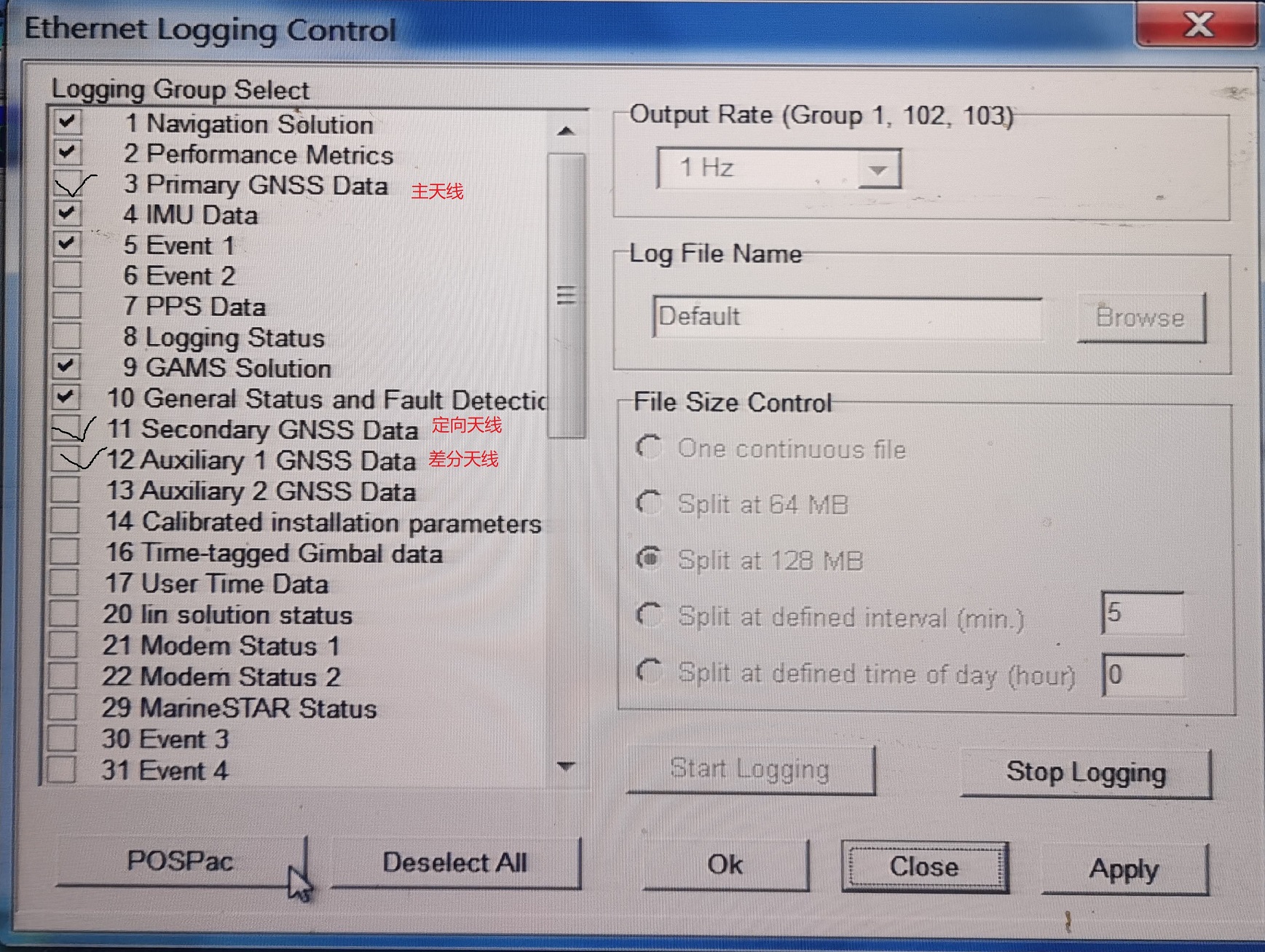

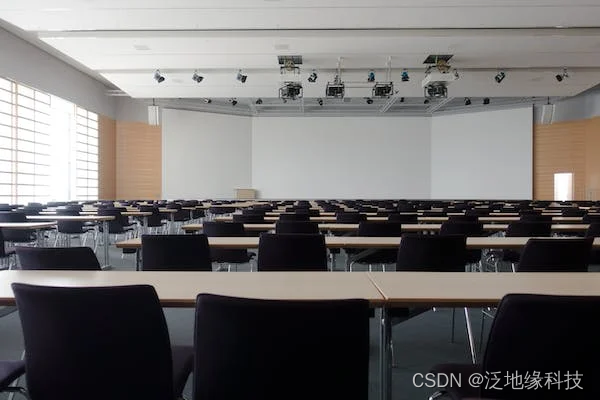

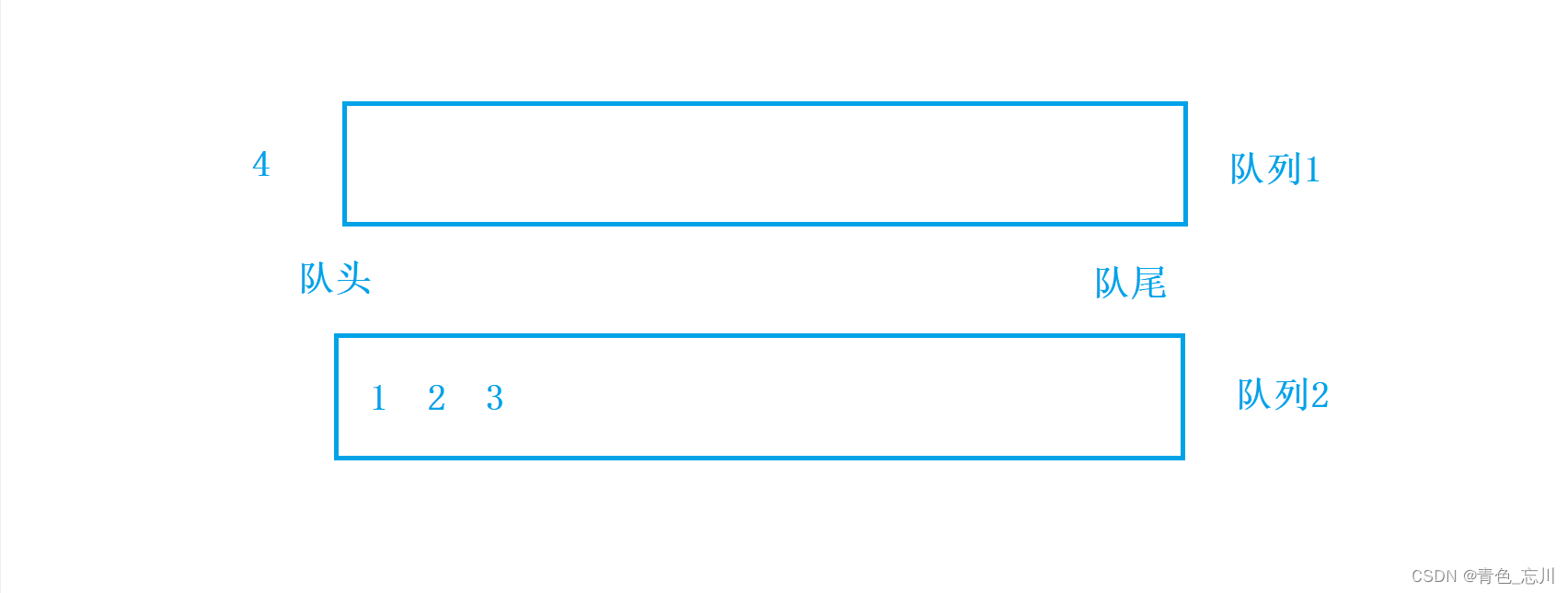
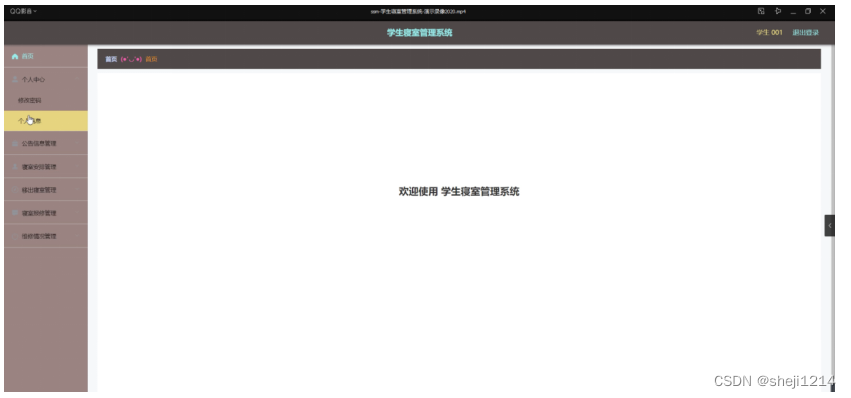

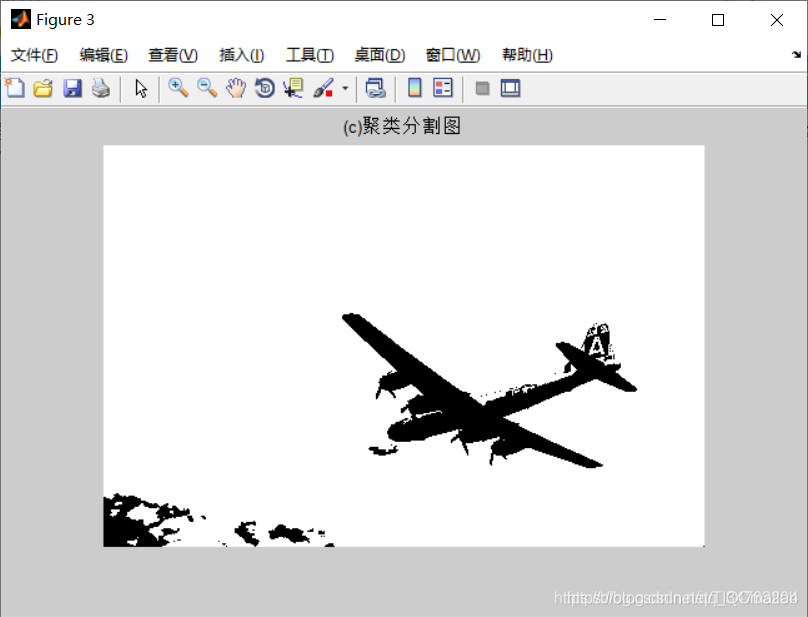
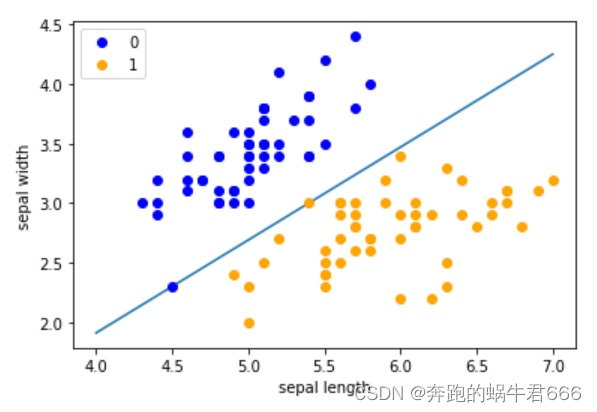

![[附源码]计算机毕业设计Python的个人理财系统(程序+源码+LW文档)](https://img-blog.csdnimg.cn/4e0dd35874b24a818a88841213b0540d.png)


